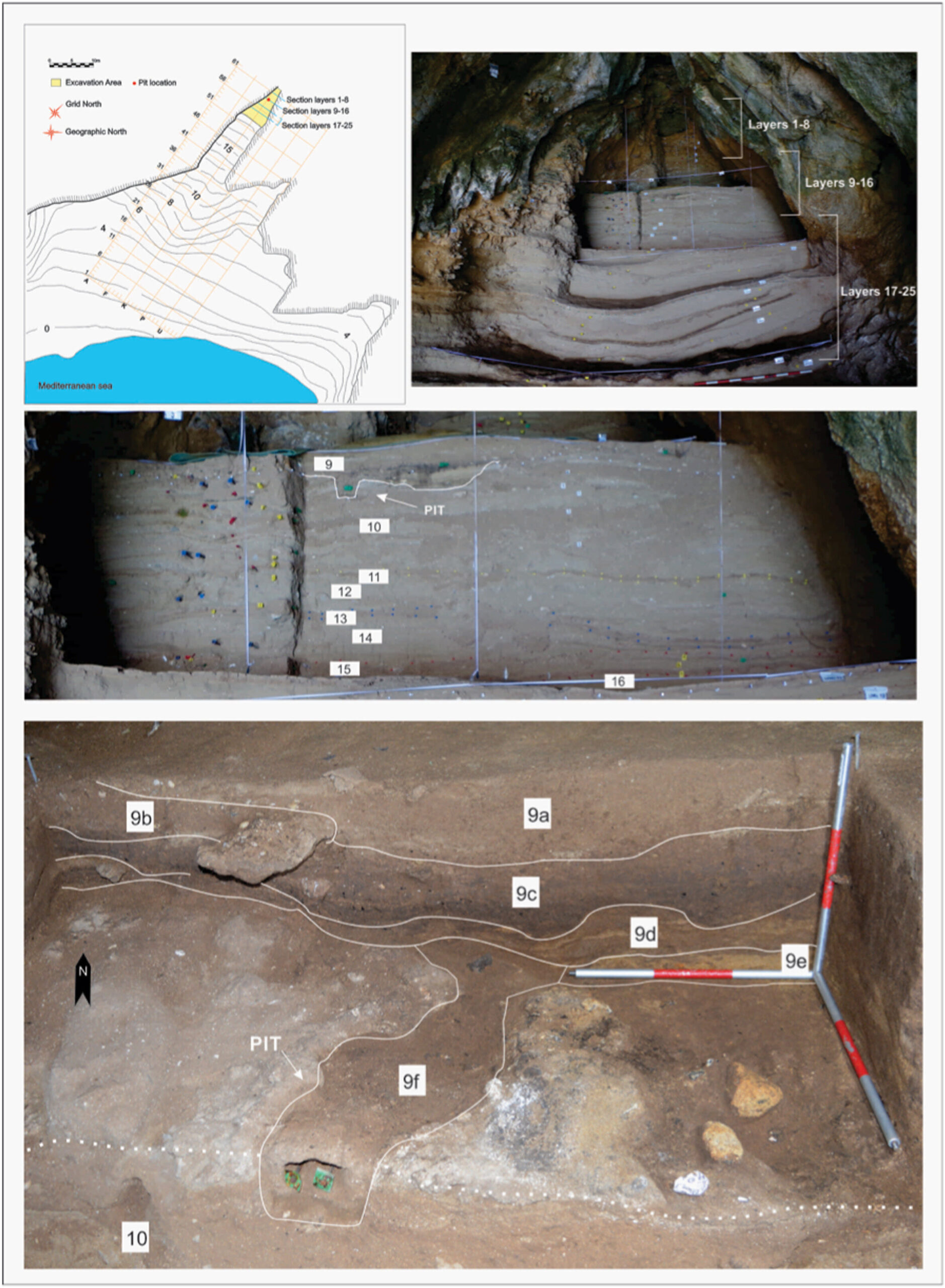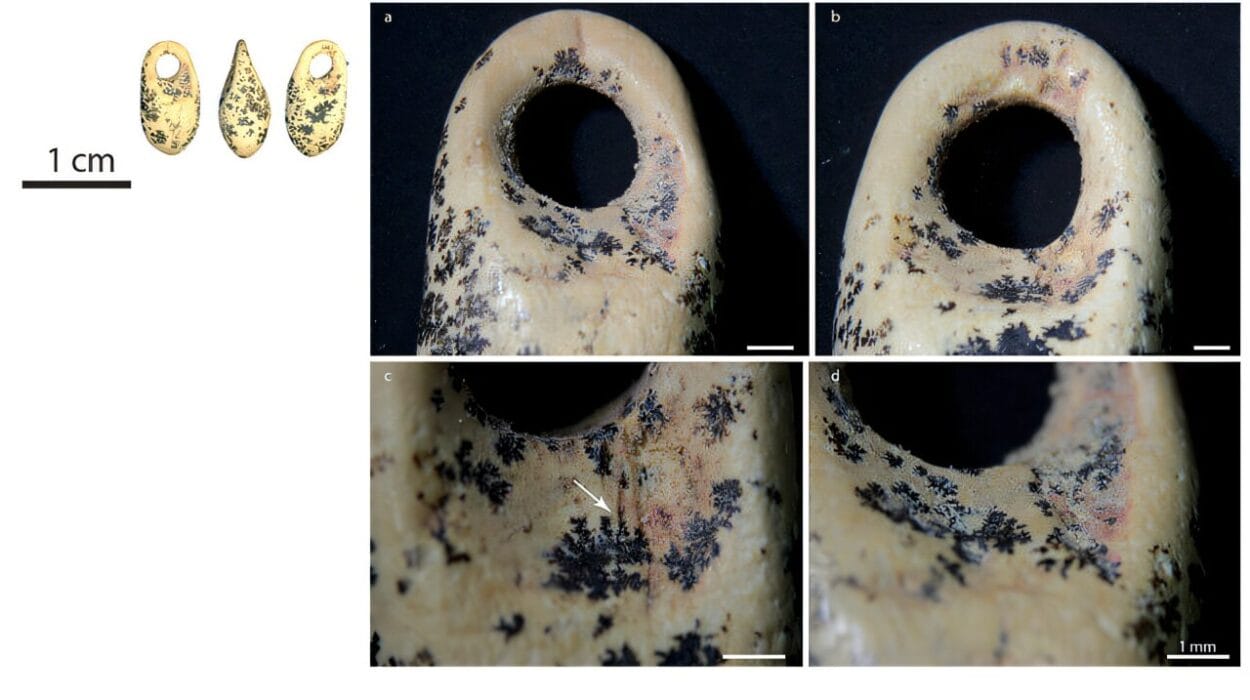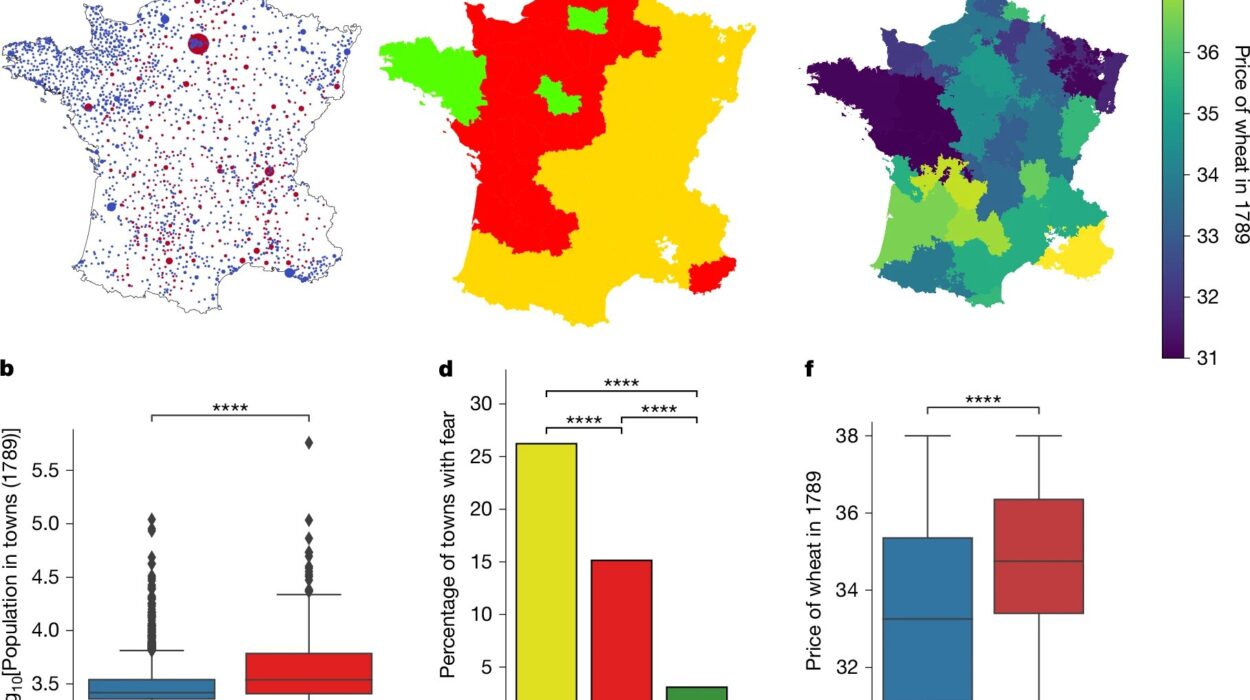The complex story of human evolution reveals an intricate web of migration, interaction, and interbreeding across continents. The migration of early modern humans from Africa to other parts of the world forms a crucial part of this narrative. Upon leaving their African homeland, these pioneers encountered and interbred with Neanderthals, leaving a legacy in the genomes of contemporary humans outside Africa, with 2–3% of Neanderthal DNA present in their genomes. However, the specifics of these encounters—where exactly this interbreeding took place, how early it occurred, and who the first modern humans in Europe were—have remained elusive. New discoveries, such as those involving the Zlatý kůň and Ranis sites, offer valuable clues and help to deepen our understanding of early human migration into Europe.
Zlatý kůň, located in Czechia, is a key archaeological site where an almost complete skull from a human individual was uncovered. This individual, who lived approximately 45,000 years ago, was subjected to genetic analysis, revealing valuable genetic information. Unfortunately, the lack of a clear archaeological context meant that the relationship between this person and other contemporary populations, as well as their cultural affiliation, could not be pinpointed definitively. Despite these challenges, Zlatý kůň remains pivotal in investigating the presence of early human populations in Europe, particularly those that arrived following their exit from Africa.
A neighboring site, Ilsenhöhle in Ranis, Germany, also offers significant insights. Ranis is known for its archaeological layers associated with the Lincombian-Ranisian-Jerzmanowician (LRJ) culture, dated to around the same time as Zlatý kůň—roughly 45,000 years ago. The origins of this culture and the identity of the people who produced its distinctive tools have been the subject of much scholarly debate. There has long been speculation whether these artifacts were the result of Neanderthal or modern human activity. Prior genetic analysis of mitochondrial DNA from thirteen bones found at the Ranis site concluded that the remains were from modern humans, dispelling any immediate links to Neanderthals.
Despite this mitochondrial DNA evidence, the broader genetic relationship between these individuals and other early humans was still unclear. Mitochondrial DNA, while crucial, represents only a small fraction of the full genetic story and does not provide a complete picture of ancestral connections. To address these questions, a more comprehensive analysis of the nuclear genomes from these remains was conducted.
A key study published in Nature analyzed the nuclear genomes from the thirteen individuals found at Ranis and determined that they represented at least six distinct people. Among these individuals were a mother and her daughter, as well as more distant relatives. This genetic information painted a picture of a close-knit, family-oriented group of people. Among the skeletons analyzed, one in particular stood out—a male individual, referred to as Ranis13, whose bones were remarkably well-preserved, enabling the researchers to retrieve the best-preserved ancient human DNA from the Pleistocene era to date. This specimen contributed a high-quality genome that further advanced the study of early human genetic diversity.
Interestingly, genetic relationships uncovered between the individuals from Ranis and the individual from Zlatý kůň were intriguing. It was found that the Zlatý kůň skull belonged to an individual genetically related to those from Ranis, potentially indicating that both groups were part of a broader family network in Europe at the time. The study revealed that this relationship could have been a fifth- or sixth-degree genetic link, suggesting a shared ancestry among the early modern humans inhabiting the region.
Furthermore, the study revealed that both Zlatý kůň and Ranis13 carried genetic traits associated with characteristics like dark skin and hair, as well as brown eyes, which reflect their relatively recent African ancestry. This highlights the connection between early Europeans and their African forebears and the evolutionary journey that took them from Africa to other parts of the world.
The findings from the genomes of Zlatý kůň and Ranis provide further evidence that these early groups of humans were part of small, likely isolated populations, made up of only a few hundred individuals at most. These early modern humans likely dispersed over a large area of Europe, though there is no evidence that this small population contributed significantly to later European or other global populations.
These findings also yield fascinating insights into the interactions between early modern humans and Neanderthals in Europe. Although these early populations lived alongside Neanderthals in Europe, the researchers did not find evidence of direct Neanderthal ancestry in the genomes of the individuals from Ranis and Zlatý kůň. This absence of Neanderthal genetic markers suggests that these particular early modern humans might have entered Europe through a different route or a different time, where they did not come into close contact with Neanderthal groups, at least not immediately upon their arrival.
In contrast, other later groups of early humans migrating into Europe likely had greater interactions with Neanderthals, leading to the interbreeding event that shaped the genetic landscape of later populations. The absence of direct Neanderthal ancestry in the individuals from Zlatý kůň and Ranis further supports the notion that these early human populations arrived in Europe before extensive Neanderthal mixing occurred. However, the shared Neanderthal genetic ancestry seen across non-African populations today likely originated from an admixture event that occurred within the larger human population long after these early groups had arrived.
Using advanced genetic techniques, the researchers also worked to pinpoint the timeframe for the Neanderthal interbreeding events that occurred among early human populations outside Africa. Their study determined that the shared Neanderthal ancestry present in the high-coverage genome from Ranis13 can be traced to between 45,000 and 49,000 years ago. This narrow timeline offers a clearer picture of when Neanderthal admixture likely occurred in human prehistory. It is likely that a coherent group of non-African populations continued to exist in Europe for several thousand years after early modern humans first arrived. These populations then gave rise to the Neanderthal-admixed populations that make up the genetic heritage of all non-African humans living today.
Reference: Arev Sümer, Earliest modern human genomes constrain timing of Neanderthal admixture, Nature (2024). DOI: 10.1038/s41586-024-08420-x. www.nature.com/articles/s41586-024-08420-x






